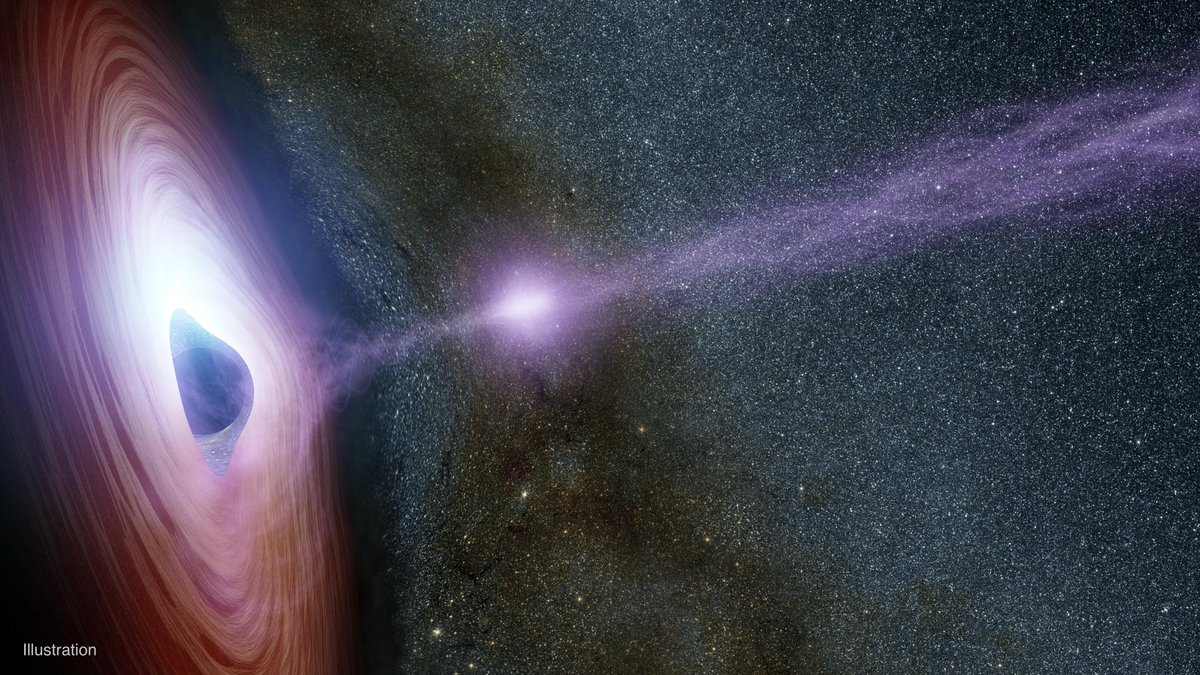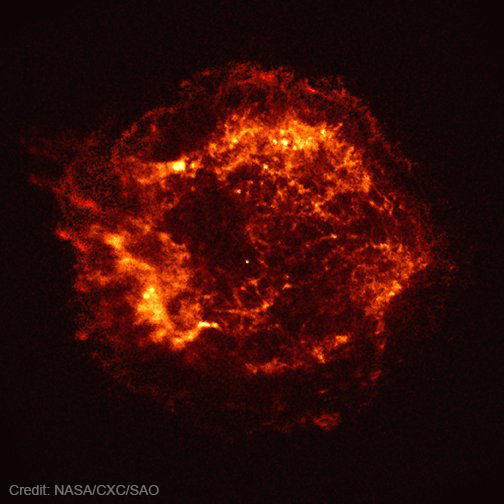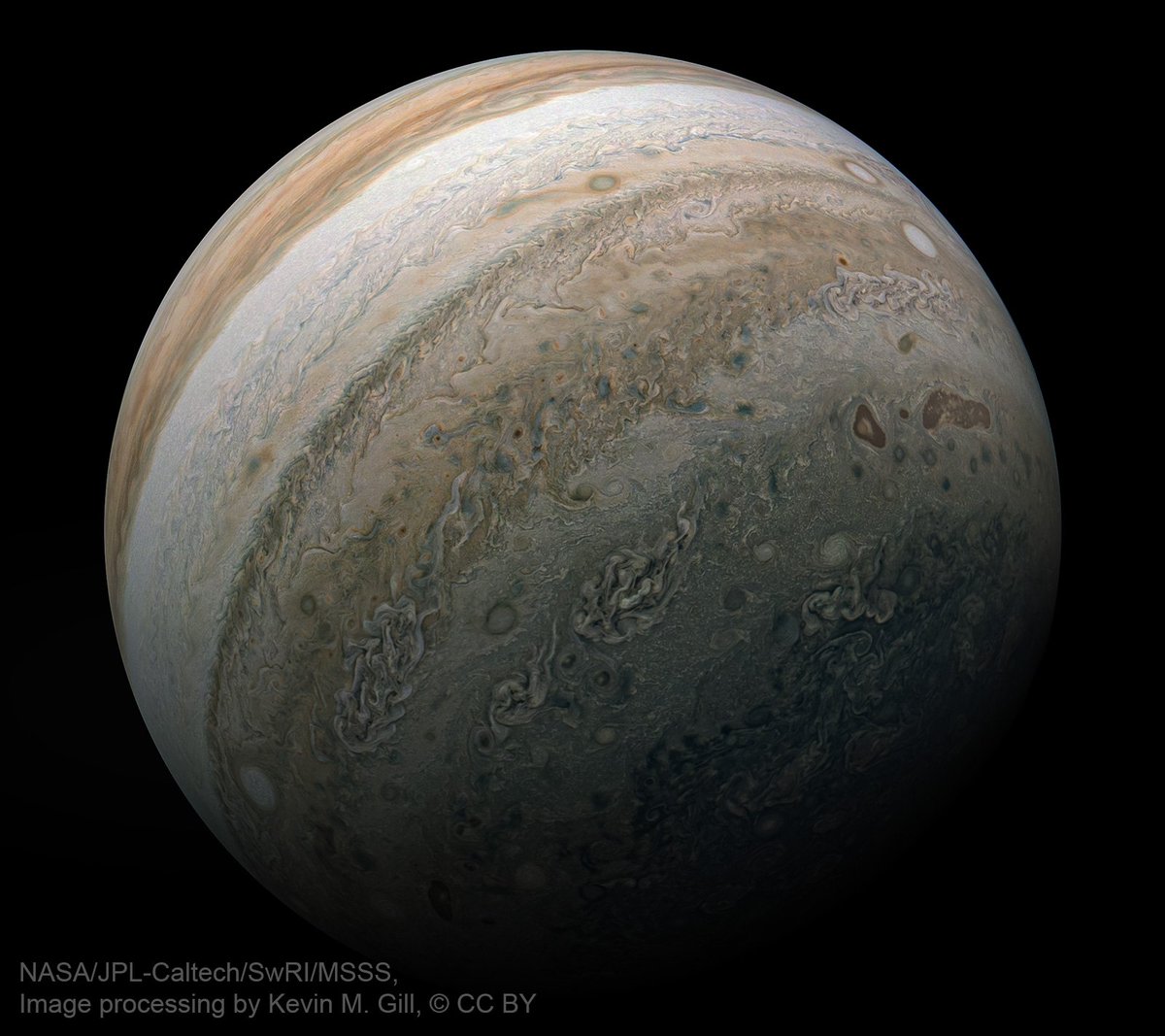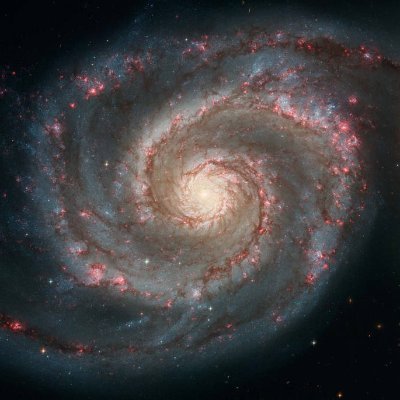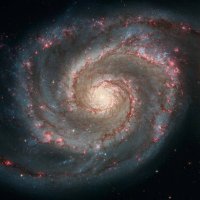
NASA Universe@NASAUniverse
Sep 22, 2022
5 tweets
X-ray light helps us study some of the most extreme objects, events, and environments in the universe. When stuff gets heated up or smashed together, it produces X-rays that help us learn about what’s going on. Read on for more info! 

Missions like NuSTAR, NICER, Chandra, and Swift help us study material swirling around black holes, which heats up to millions of degrees and glows in X-rays. We can see how black holes interact with stuff around them, and sometimes we catch them snacking: tmblr.co/Zz_Uqjb8WiUFKW…
Pulsars are a type of neutron star — the rapidly spinning crushed core of a massive star — that emit beams of X-ray light we see as flashes. Our NICER telescope has helped us map their surfaces and even gives us a better idea of what’s inside of them: tmblr.co/Zz_Uqja0lBwgme…
X-ray light can help us study what happens when huge stars explode. This image of supernova remnant Cassiopeia A shows two shock waves — a slow inner one and a faster outer one — around a neutron star. Fun fact: This was the first image released by @Chandra Observatory!
Our X-ray telescopes usually focus on the universe outside the @NASA Solar System, but sometimes they make discoveries within it! NuSTAR recently observed the highest-energy light ever detected from Jupiter and helped solve a decades-old mystery: go.nasa.gov/3RwdkL7
Missing some tweets in this thread? Or failed to load images or videos? You can try to .
